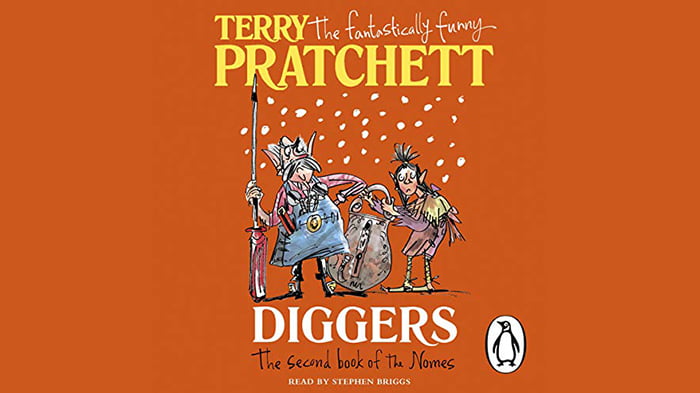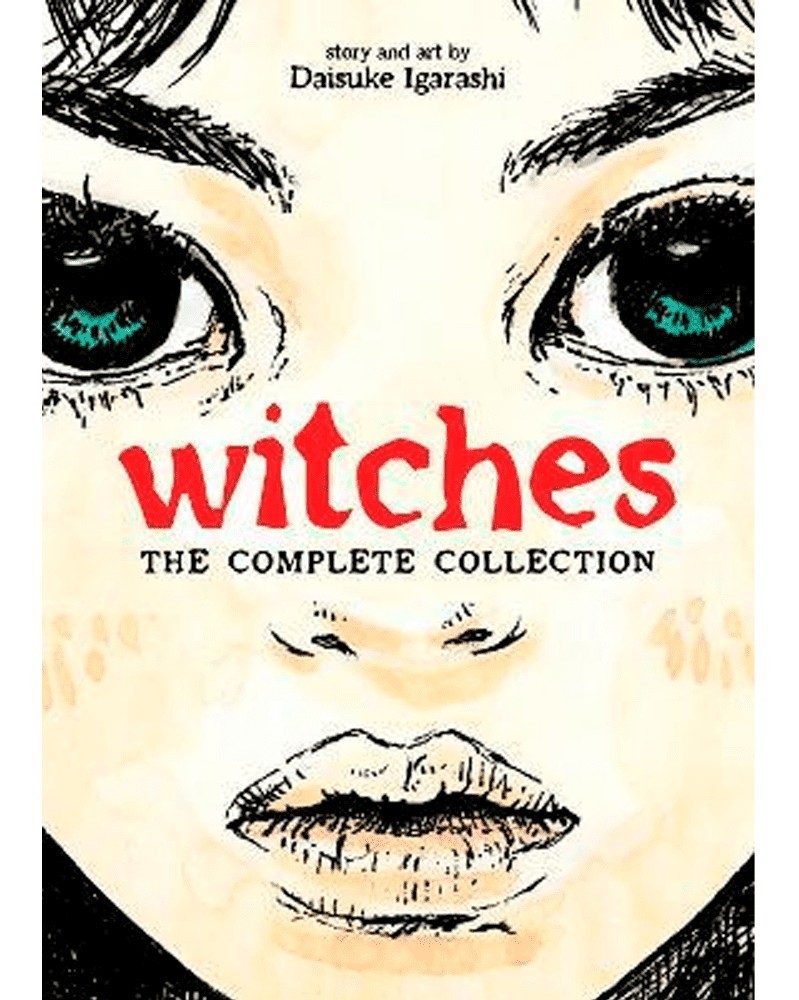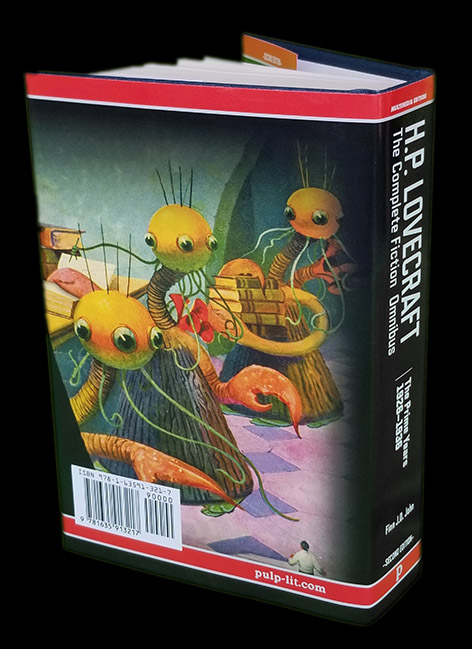


It’s more like a curse than anything else. Subverting the typical fantasy quest of a protagonist fulfilling a glorious destiny, Mauri is neither the protagonist nor is her destiny glorious. First we have Murai, a faithful servant of Ganesh and a member of The Veiled. Lastly there are the two actual human characters. The way Grim Eyes is presented as a bit of a meathead, and is obliviously patronizing to their male guide Herne, leads to some thoroughly enjoyable banter.

Eventually Digger also becomes acquainted with the hunter Grim Eyes, who at first wants to eat her before they become reluctant allies. This and much of the hyena lore is revealed through Ed, an excommunicated male hyena that Digger befriends. They also have a custom of excommunicating shamed members of their tribe. We learn that female hunter in the hyena tribe will typically lose her first born child, and surviving first born children are considered special because of this. It’s not just “what applies to males in human society now applies to females here.” Vernon does this meticulously through mythology and ritual (and probably lots of research on spotted hyenas actual matriarchal society). Creating a matriarchal tribe of hunters (which my spell check just tried to change to patriarchal) is no simple task. Digger’s androgynous nature ultimately makes her more easy to relate to.Īt the center of the story is a matriarchal tribe of hyenas that Digger becomes entangled with. Her gender is not immediately apparent (in no small part due to her being a wombat) but it’s also not especially relevant. She is also our steady voice of reason guiding us through a bizarre and irrational world. She is a wombat who likes engineering and is not at all a fan of gods or magic. Her name is short for Digger of Unnecessarily Convoluted Tunnels. The old rules need not apply.ĭigger is the narrator and titular character. The world Ursula Vernon creates in Digger is so far removed from that paradigm, that it’s refreshing. Some of us do this naturally, but we’re often going against the grain of what’s expected of us when we do.

What becomes important here is that you find yourselves relating to the character regardless of their gender (if they even have one). Yes, they’re anthropomorphic and have humanistic attributes, but our notions of human gender don’t line up when it comes to wombats or oracular slugs. When your principal cast consists almost entirely of non-humans, the lines with which we typically define gender become blurred.


 0 kommentar(er)
0 kommentar(er)
